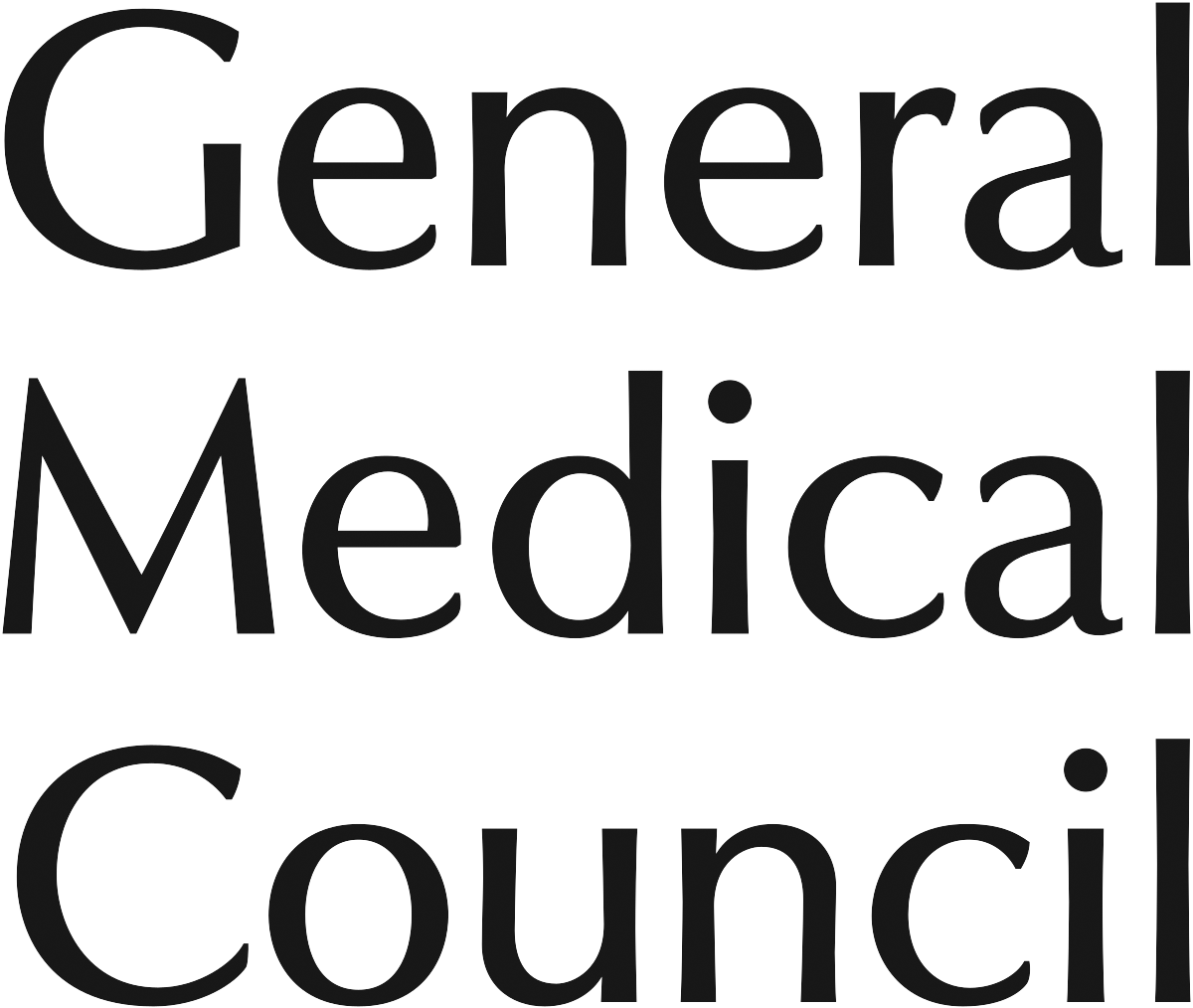Understanding Microneedling: What You Need to Know
Microneedling has rapidly gained popularity in recent years as a non-invasive cosmetic treatment designed to rejuvenate and improve the appearance of your skin. But what exactly is microneedling, and why is it being hailed as a revolutionary skin treatment? At its core, microneedling involves using a device equipped with fine needles to create tiny, controlled micro-injuries on the surface of your skin. These minute punctures trigger your body’s natural wound-healing process, stimulating collagen and elastin production, essential proteins for maintaining youthful and vibrant skin.
Before considering microneedling, it’s crucial to understand the procedure’s mechanics and what it entails. The treatment is generally performed using a dermaroller or a more advanced device known as a microneedling pen. While the concept of puncturing your skin may sound daunting, the procedure is known for its minimal discomfort and recovery time, making it an attractive option for those seeking effective skin rejuvenation without the downtime associated with more invasive procedures.
Microneedling is versatile and can address a variety of skin concerns. Whether you’re battling acne scars, aiming to reduce fine lines and wrinkles, or seeking to even out skin tone, microneedling offers a promising solution. However, to achieve optimal results, it is essential to receive treatment from a qualified professional who can tailor the approach to your specific skin type and condition.
The Science Behind Microneedling: How It Works
The science underpinning microneedling is both fascinating and straightforward. When the microneedling device creates micro-injuries on your skin’s surface, it initiates a controlled inflammatory response. This process involves an increase in blood flow to the area, delivering vital nutrients and growth factors that aid in healing and rejuvenation.
This controlled trauma stimulates the dermis, the deeper layer of your skin, to produce new collagen and elastin fibres. Collagen is a structural protein responsible for skin strength and elasticity, while elastin allows your skin to return to its original shape after stretching. As you age, the production of these proteins naturally decreases, leading to signs of ageing such as sagging skin and wrinkles. By encouraging collagen and elastin synthesis, microneedling effectively reverses these effects, leading to smoother, firmer, and more youthful-looking skin over time.
Moreover, microneedling enhances the absorption of topical skincare products. The micro-channels created during the procedure allow for deeper penetration of serums and creams, maximising their efficacy. This increased absorption can be particularly beneficial when combined with active ingredients like hyaluronic acid or vitamin C, further boosting the treatment’s overall results.
Benefits of Microneedling for Your Skin
The benefits of microneedling extend beyond mere cosmetic improvement. One of the most significant advantages of the treatment is its ability to address a wide range of skin issues. From reducing the visibility of acne scars and stretch marks to minimising pore size, microneedling offers a versatile solution for various skin concerns. The treatment is also effective in diminishing the appearance of hyperpigmentation and sun damage, promoting a more even and radiant complexion.
Another notable benefit of microneedling is its suitability for all skin types. Unlike some treatments that may cause adverse reactions on darker skin tones, microneedling poses minimal risk of pigmentation changes, making it a safe option for individuals with a diverse range of skin colours. This inclusivity has contributed to its growing popularity and acceptance as a preferred skin rejuvenation method across different demographics.
Additionally, microneedling is lauded for its minimal downtime. While some redness and swelling may occur immediately following the procedure, these side effects typically subside within a few days, allowing you to quickly return to your daily activities. This convenience, combined with the treatment’s efficacy, makes microneedling an appealing choice for those seeking impactful results without the extended recovery period associated with more invasive options.
Is Microneedling Safe? Addressing Common Concerns
Safety is a primary consideration for anyone contemplating microneedling. Generally, microneedling is regarded as a safe procedure when conducted by a trained and experienced professional. However, as with any cosmetic treatment, there are potential risks and concerns that should be addressed before proceeding.
One common concern is the risk of infection, as the procedure involves creating open channels in the skin. To mitigate this risk, it is vital to ensure that the treatment is performed in a sterile environment using properly sanitised equipment. A qualified practitioner will follow strict hygiene protocols to minimise the likelihood of complications, providing you with peace of mind during your microneedling session.
Another frequently mentioned concern is the potential for pain during the procedure. While discomfort levels vary from person to person, most individuals report only mild discomfort, often likened to a tingling sensation. To enhance your comfort, a topical numbing cream is typically applied to the treatment area before the procedure begins. This ensures that any discomfort is kept to a minimum, allowing you to undergo the treatment with ease.
Potential Side Effects and Risks of Microneedling
While microneedling is generally safe, it’s essential to be aware of the potential side effects and risks associated with the treatment. Immediately following the procedure, you may experience redness, swelling, and minor irritation, akin to a mild sunburn. These symptoms are typically short-lived and resolve within a few days, but it’s crucial to follow aftercare instructions to facilitate proper healing.
In rare cases, more severe side effects may occur, such as prolonged redness, infection, or scarring. These risks are significantly reduced when the procedure is performed by a qualified professional, but it’s important to discuss any concerns with your practitioner before undergoing treatment. Additionally, individuals with certain medical conditions, such as active acne, eczema, or rosacea, may not be suitable candidates for microneedling and should seek advice from a dermatologist.
Finally, while microneedling is effective for many, results can vary based on individual skin type and condition. It’s important to have realistic expectations and understand that multiple sessions may be required to achieve the desired outcome. Communicating openly with your practitioner and establishing a tailored treatment plan will help ensure that you achieve the best possible results.
Microneedling vs. Other Skin Treatments: A Comparison
When deciding on a skin treatment, it’s helpful to compare microneedling with other available options. Microneedling is often compared to laser treatments, chemical peels, and microdermabrasion, each offering unique benefits and considerations.
Laser treatments can be highly effective for skin resurfacing and addressing pigmentation issues. However, they often come with a longer recovery time and may not be suitable for darker skin tones due to the risk of pigmentation changes. Chemical peels, meanwhile, involve applying a chemical solution to exfoliate the skin, but they can cause varying degrees of peeling and downtime, depending on the peel’s strength.
Microdermabrasion is another alternative, involving the mechanical exfoliation of the skin’s surface. While it is effective for superficial skin concerns, it may not penetrate as deeply as microneedling, limiting its ability to stimulate collagen production. In contrast, microneedling offers a balanced approach with minimal downtime, making it an appealing option for those seeking a comprehensive solution for multiple skin concerns.
Ultimately, the choice of treatment depends on your individual goals, skin type, and lifestyle. Consulting with a skincare professional can help you determine which option aligns best with your needs and expectations.
Preparing for Your Microneedling Session: Tips and Guidelines
Proper preparation is key to ensuring a successful microneedling session. Before your appointment, it’s important to follow specific guidelines to optimise your skin’s condition and minimise potential side effects. Here are some essential tips to consider:
- Avoid Sun Exposure: Limit direct sun exposure and avoid tanning beds for at least a week before your session. Sunburned skin is more prone to irritation, which can affect the treatment’s outcome.
- Discontinue Certain Skincare Products: Cease the use of retinoids, exfoliants, and other aggressive skincare products a few days prior to your appointment. These products can increase skin sensitivity and may interfere with the treatment process.
- Consult with Your Practitioner: Share any medical history, allergies, or skin concerns with your practitioner before the procedure. This information will help tailor the treatment to your specific needs and ensure a safe experience.
By adhering to these preparation guidelines, you can enhance the efficacy of your microneedling session and pave the way for optimal results.
Aftercare for Microneedling: What to Expect
Proper aftercare is paramount to achieving the best results from your microneedling treatment. Following the procedure, your skin may be sensitive, and adhering to aftercare instructions will facilitate healing and enhance the treatment’s efficacy. Here’s what you can expect and how to care for your skin post-treatment:
- Keep Your Skin Hydrated: Use a gentle, hydrating moisturiser to alleviate dryness and maintain your skin’s moisture barrier. Avoid products with harsh chemicals or fragrances that may irritate the skin.
- Avoid Direct Sunlight: Protect your skin from the sun by wearing a broad-spectrum sunscreen with a high SPF. This will prevent UV damage and help maintain the treatment’s results.
- Use Gentle Products: Stick to mild, non-abrasive skincare products for at least a week after the procedure. Avoid exfoliants, retinoids, and anything that could cause irritation until your skin has fully healed.
By following these aftercare guidelines, you can ensure a smooth recovery and enjoy the full benefits of your microneedling treatment.
Making an Informed Decision on Microneedling
Deciding whether microneedling is the right treatment for you involves weighing the potential benefits against any risks or concerns. The procedure offers a promising solution for those seeking to rejuvenate their skin and address various cosmetic concerns. However, it’s essential to approach the decision with realistic expectations and a thorough understanding of the process.
Consulting with a qualified skincare professional like Dr Saba Raja can provide valuable insights and help tailor the treatment to your specific needs. A professional assessment will consider your skin type, medical history, and aesthetic goals to determine if microneedling is the best option for you.
If you’re ready to explore the transformative effects of microneedling, consider scheduling a consultation with a reputable practitioner. By taking this step, you can gain a comprehensive understanding of the procedure and make an informed decision that aligns with your skincare objectives.
Ready to rejuvenate your skin? Book your consultation now and discover if microneedling is the right choice for you!









